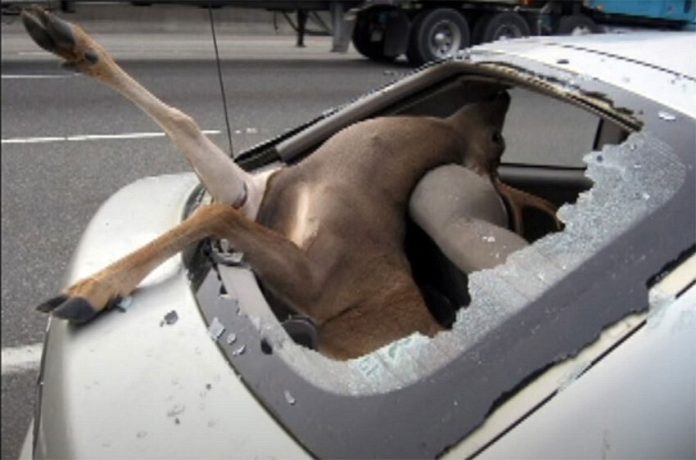I live in a small community called Pinar De La Venta perched on the edge of Jalisco’s Primavera Forest, a huge flora and fauna reserve adjacent to the city of Guadalajara and of nearly equal size. When I first arrived here, the community consisted of many houses with only 25 families living in them full-time.
Why so few people? Well, in 1985 there were no streetlights here, no telephone service, no TV reception and, of course, no internet. Generation Alpha might find it too hard to imagine: solitude and silence, broken only by occasional tweets — the kind produced by birds, I must clarify. At night you could walk the cobblestone streets in near-total darkness lit by the stars and the moon and serenaded only by chirping crickets, croaking frogs, whispering pines and the occasional flap of a bat’s wing.
Contrast that with the night sounds in this same community in 2020: the barking, growling, yelping, woofing, whining, snarling, yipping and howling of 800 family dogs — not all at once, mind you, but haphazardly waking you all throughout the night, from dusk to dawn … and beyond.
When you have that many dogs, you naturally have plenty of escapees. These roam the streets by day and by night, scaring the bejesus out of anyone undertaking such a foolish proposition as going for a walk. I made that mistake one day when I decided to take our parrot Tatu for a stroll in a big meadow across the street. Tatu rode on my head, perched on a sombrero, alerting me to the presence of anise seeds, one of his favorite treats, in the grass far beneath him.
Suddenly I heard the barking, yelping, woofing etcetera of canines owned by a young woman taking her pack of dogs for a walk, none of them on a leash, of course. Tatu was aware of their presence seconds before I was and, with a squawk of fear, leaped straight up into the air, landing on the ground because his wings were clipped.
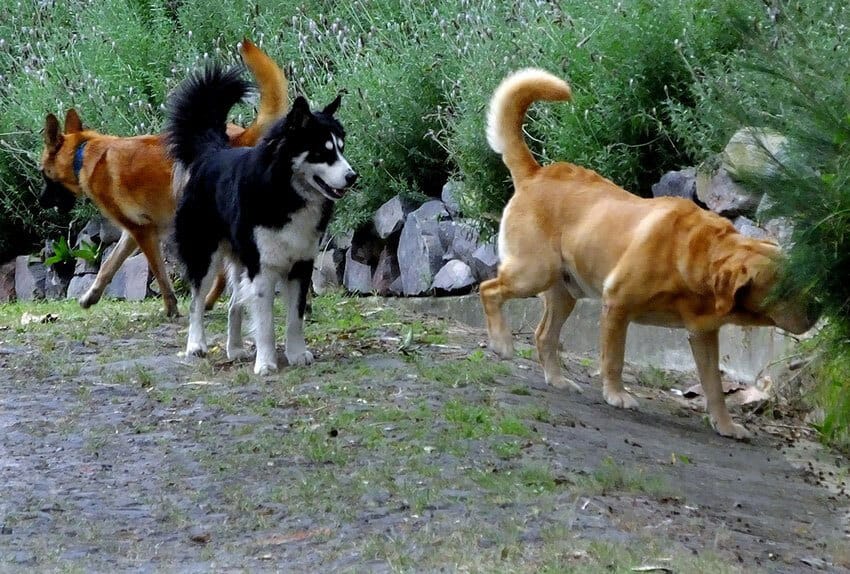
During these few seconds, I perceived that all four of those dogs were heading straight for us at high speed. I snatched up Tatu, turned and ran … but I was not quite fast enough. The lead dog not only caught up with me but also succeeded in biting me on the butt.
After the young woman managed to get her dog pack under control, I shouted to her from a distance, “Your dog bit me,” expecting her to offer to pay for rabies shots at the very least. To my surprise, she replied, “You have dogs too; I know you do.”
I couldn’t fathom how my having dogs could possibly exculpate her from what had just happened, but I informed her that I owned no dogs, only one very frightened parrot.
“You give me any trouble,” shouted the woman,” and I will have you deported.”
Sans rabies shots, I — like hundreds of others in my community — survived being bitten by a free-running dog with no untoward consequences. But not all are so lucky. One day, I was once again about to take my parrot onto the cobblestone road in front of my house. I stepped out of the gate. To my left, I saw a mother and child strolling up the street. Turning to my right, I saw a typical neighbor ambling down the road with his dog — not on a leash, of course.
What ensued was a problem of size: the dog, friendly as could be, was very big; the child was very small. The huge dog ran straight up to the little girl and attempted to place its paws on her shoulders. That little girl let out the most terrified scream I have ever heard in my life. The look of utter fear and absolute terror on her face is etched in my mind forever.
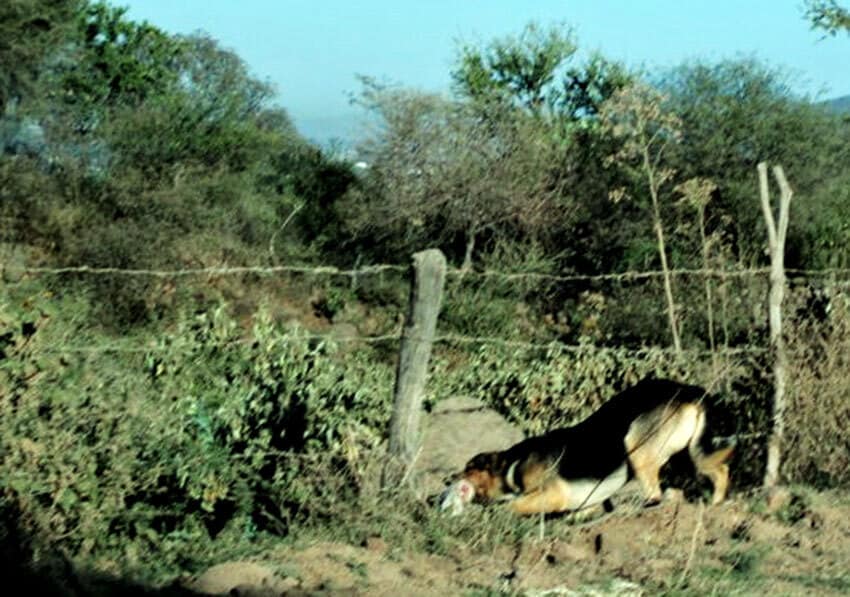
While there is hope that the dog owners of my community may reflect on stories like these and change their ways, there is not much any of us can do about that handful of dogs which — in a demonstration of true cleverness and ingenuity — succeed in escaping from their owners in a bid to see the world and live off the land as did their forebears in ages past, before human beings domesticated them: the call of the wild!
Yes, every day, a few dogs in every community hear the call of nature, dig their way out of the yard and become gloriously independent. Well, not quite, because nature also decrees that dogs should live in packs.
So picture this: the Primavera Forest, an officially designated protected area greatly beloved by the people of Jalisco, is surrounded by a dozen towns and housing developments like mine, all of them generating packs of self-liberated dogs.
Guess where those dogs eventually go to make a new home?
A few years ago, the Jalisco research group Aura Jaguar decided to investigate just which animal is most prevalent in Bosque La Primavera. They set up camera traps so that they would be sure not to miss those elusive animals that only come out at night.
The book Mammals of the Primavera Forest lists 58 species roaming about the protected area, including deer, raccoons, possums, foxes and plenty of mice. More surprising, we learn that the woods also house lynxes, armadillos, ringtails, white-nosed coatis, peccaries and even a few pumas.
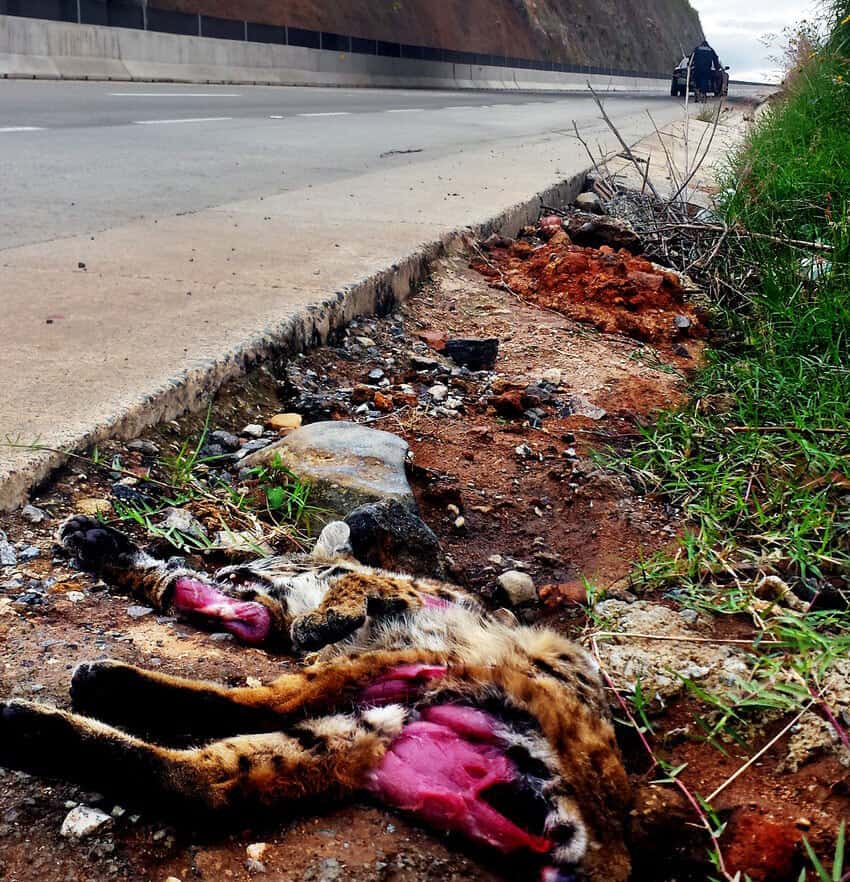
Which of all these animals turned out to be the most common and typical mammal photographed by the camera traps?
None of them, of course. The cameras caught a creature that the guide to mammals never mentioned at all. They suggested that the most representative animal inhabiting many parts of Bosque La Primavera today is Canis domesticus.
This could still be reversed. A warden of Profepa, the federal office for environmental protection, put it succinctly.
“First of all,” he said, “what we really need to do is to forbid the ownership of dogs in those communities directly bordering the Primavera Forest. If that’s not possible, there should be a limit to how many dogs may be kept on one property: a maximum of two dogs per family, both properly vaccinated. These dogs should never be taken into the forest because even the smallest Chihuahua leaves traces alerting the native animals that some dangerous predator is in the neighborhood, forcing them to leave the area.”
“As for dogs running loose in the streets of towns adjacent to the woods, a fine should be imposed if they belong to members of the community,” he continued, “and if they don’t, they should be rounded up and removed from the fraccionamiento [neighborhood].”
Not long ago, a lynx was found dead alongside a highway bordering the forest. Animal tracks showed that the lynx had tried to cross the animal bridge over the highway but had been ambushed by a pack of dogs and, spooked, ran onto the highway, where it was killed by a car.
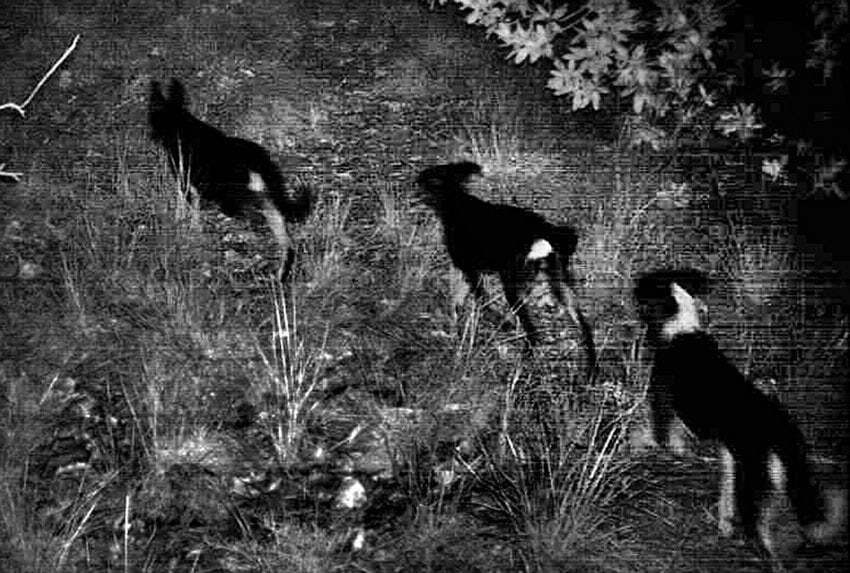
Similar dramas take place every day and every night in that sprawling forest, the pride of Jalisco. It is time for communities all over Mexico, especially those located near protected areas, to wake up and make some changes.
The writer has lived near Guadalajara, Jalisco, for 31 years, and is the author of A Guide to West Mexico’s Guachimontones and Surrounding Area and co-author of Outdoors in Western Mexico. More of his writing can be found on his website.

